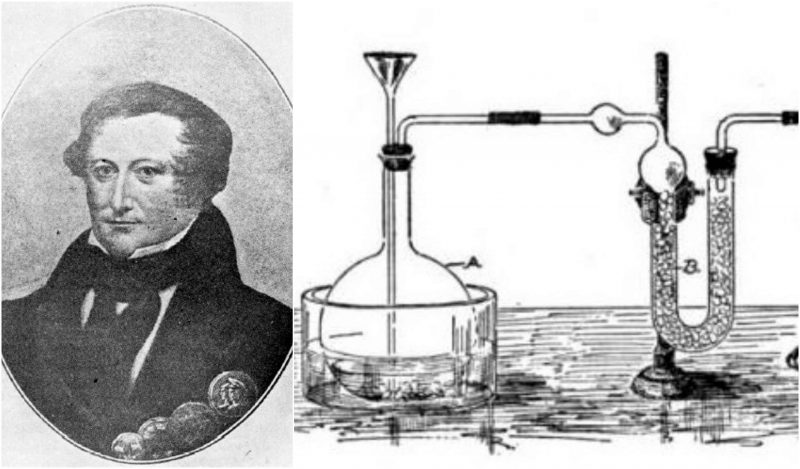James Marsh was a British chemist born in 1794, and the man who invented the Marsh test for detecting arsenic. He invented the test during a time when it was enough sensitive to detect as little as one-fiftieth of a milligram.
But he was restless to do so after a murder trial in which due to poor testing methods he was unable to support his theory and belief that the victim had been poisoned by arsenic.
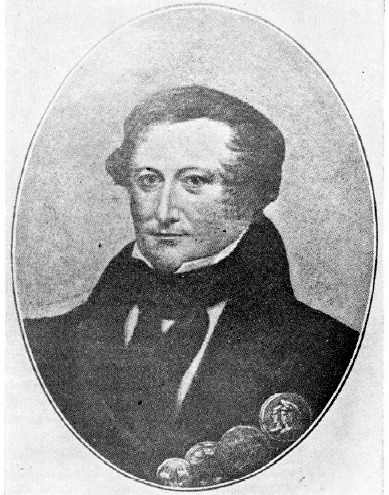
During the 19th century, arsenic trioxide was a very cheap, easy to find, highly poisonous white powder. People used it mostly to get rid of rats and mice, so it wasn’t an awkward thing to ask the local chemist or even a grocer for some arsenic. It has a sweet taste and when mixed with gruel or stew it is impossible for the recipient to detect it. The main symptoms of arsenic poisoning at the time were mistaken for fatal bugs and even cholera in the past. This made arsenic a convenient secret weapon. Before the Marsh test, arsenic was untraceable in the body.
It was 1832 and a man was convinced of poisoning his grandfather by putting arsenic in his coffee. At the time, James Marsh was working as a chemist at the Royal Arsenal in Woolwich and was called by the prosecution to try to detect the possible arsenic. All Marsh could do was the well known, standard test by passing hydrogen sulfide through the suspect fluid which wasn’t the most reliable proof.

Schematic representation of the analysis: 1 – the reaction mixture with the sample, 2 – heating burner tube 3 – mirror arsenic (in the case of a positive sample), 4 – burning of hydrogen formed in the reaction Photo credit
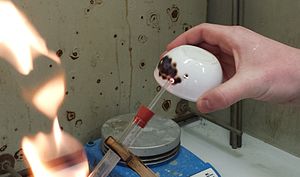
Even though Marsh detected arsenic, the yellow precipitate did not keep very well, and by the time it was presented to the jury it deteriorated, hence, the convicted man was released of charges.
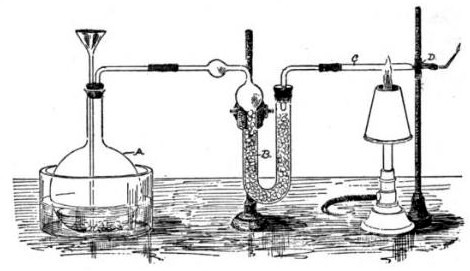
Marsh got very annoyed by this, so he put himself to work. He combined a sample containing arsenic with sulfuric acid and arsenic-free zinc, resulting in arsine gas. The gas was ignited and decomposed to pure metallic arsenic which, when passed to a cold surface, would appear as a silvery-black deposit.
So sensitive was the test that it could detect as little as one-fiftieth of a milligram of arsenic. In 1836, he published an article in The Edinburgh Philosophical Journal in which he described the test.
Besides the glory he gained with the test for detecting arsenic Marsh was a restless and inventive scientist who also invented the earliest form of vibrating electrical interrupter in 1824 and developed the screw time fuze for mortar shells.
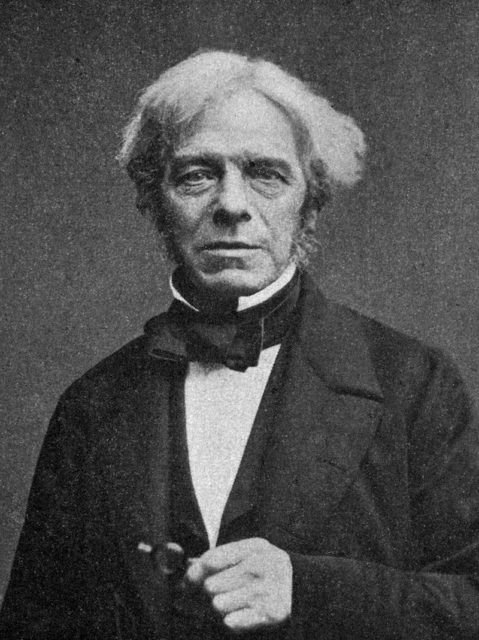
In 1830, he also invented the percussion tube and in 1832 HMS “Castor” was the first ship to have her guns modified with these innovations.
From 1829 to 1846 Marsh worked as an assistant to the English scientist Michael Faraday at the Royal Military Academy.
